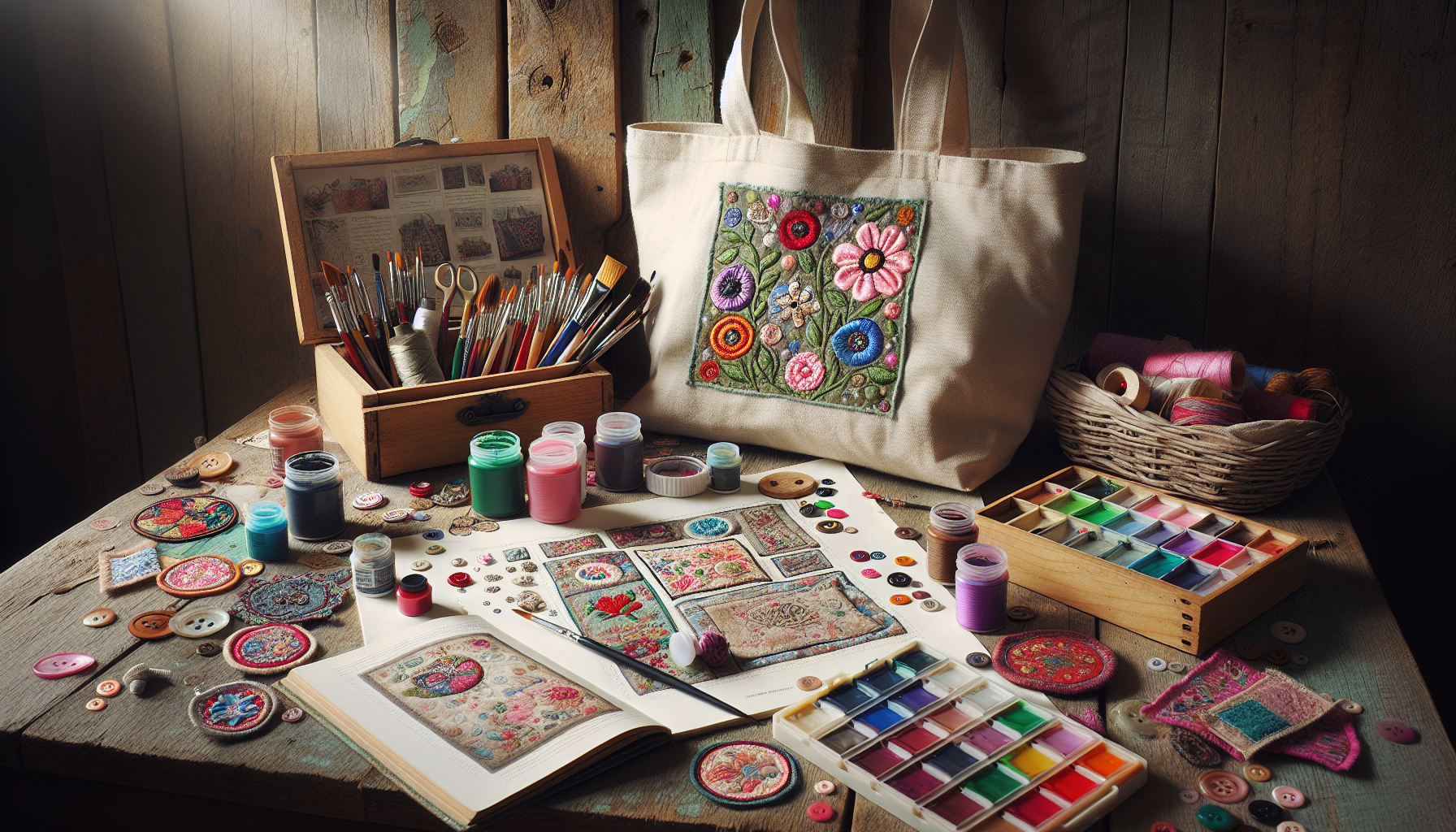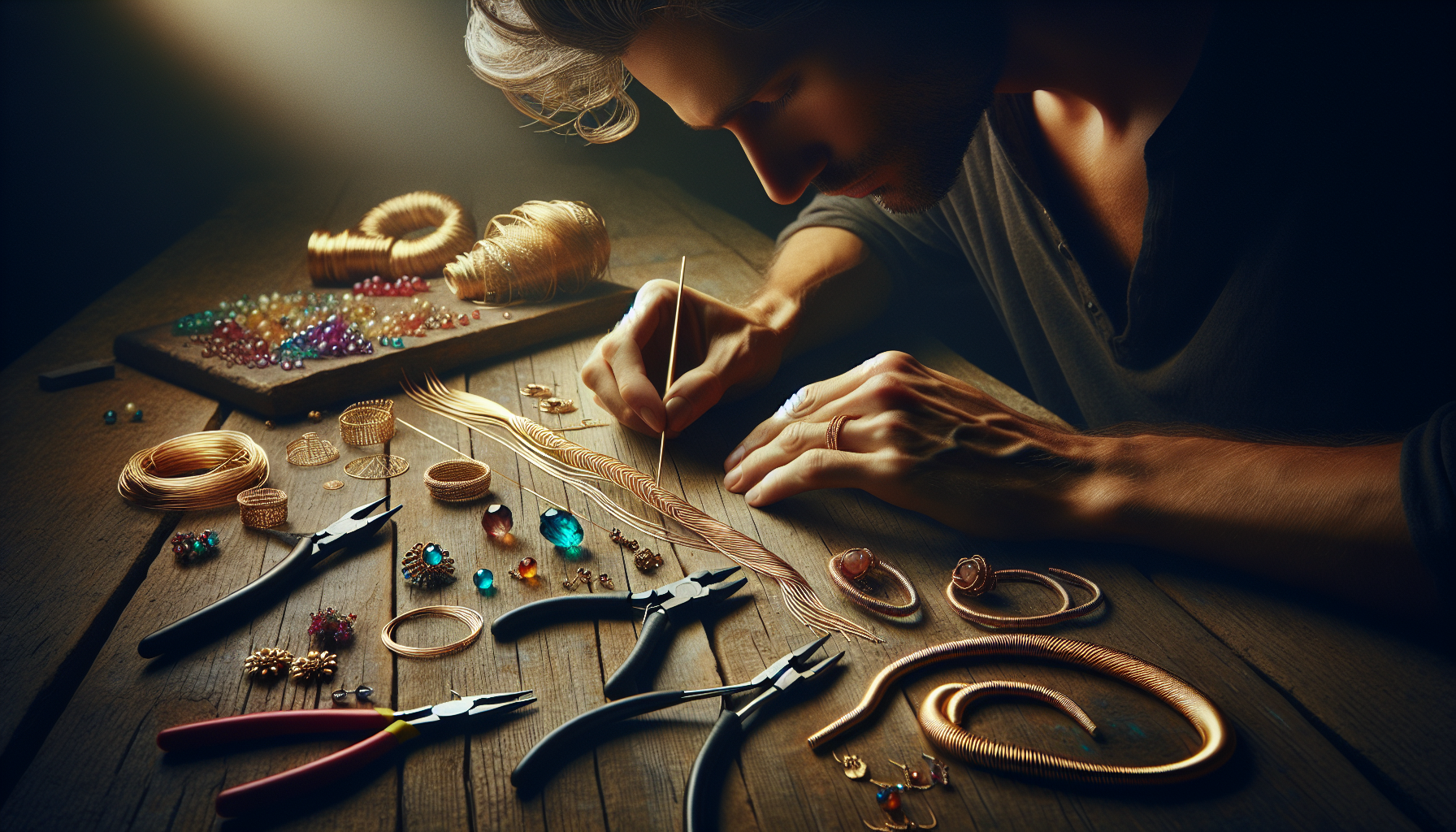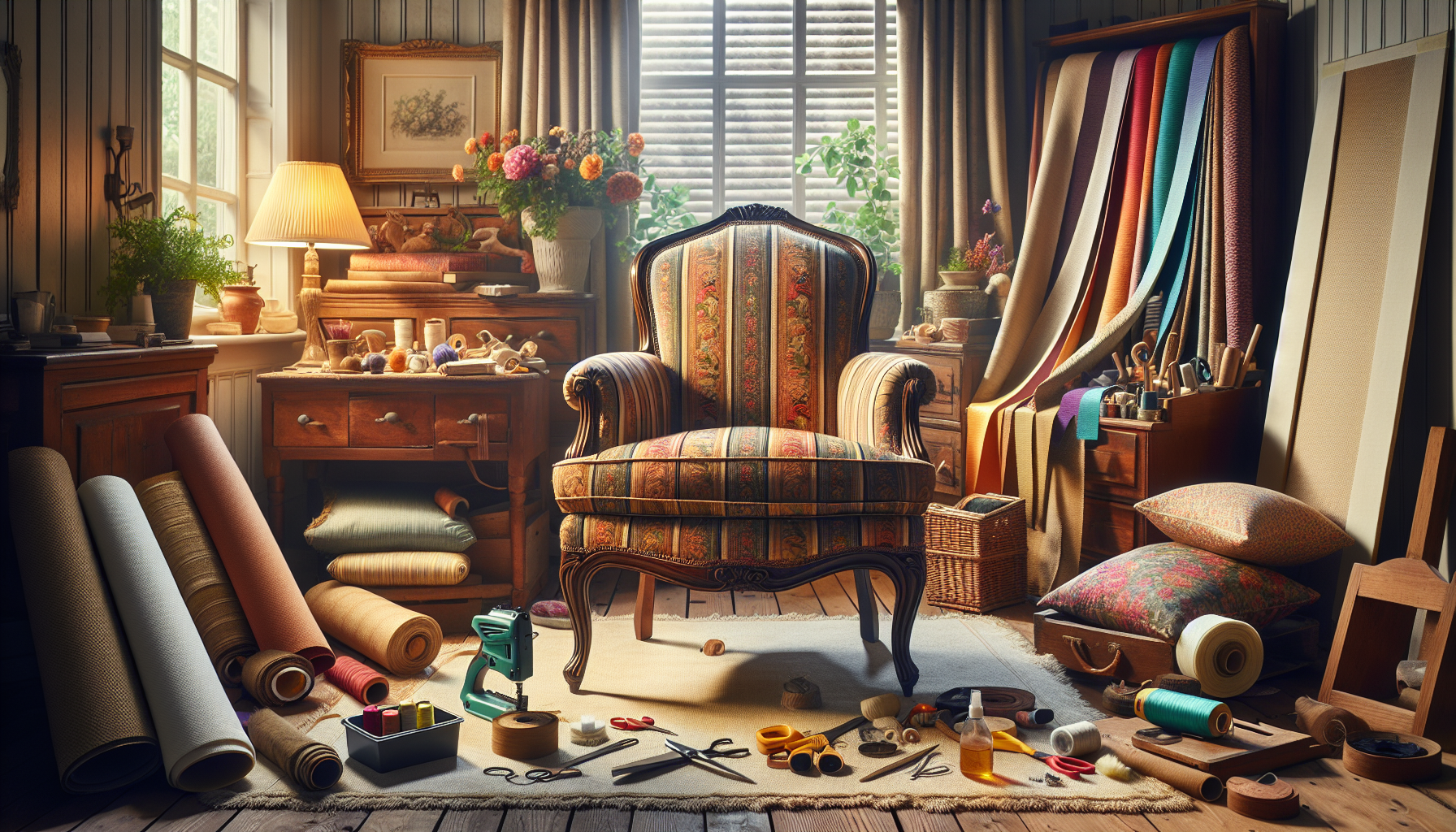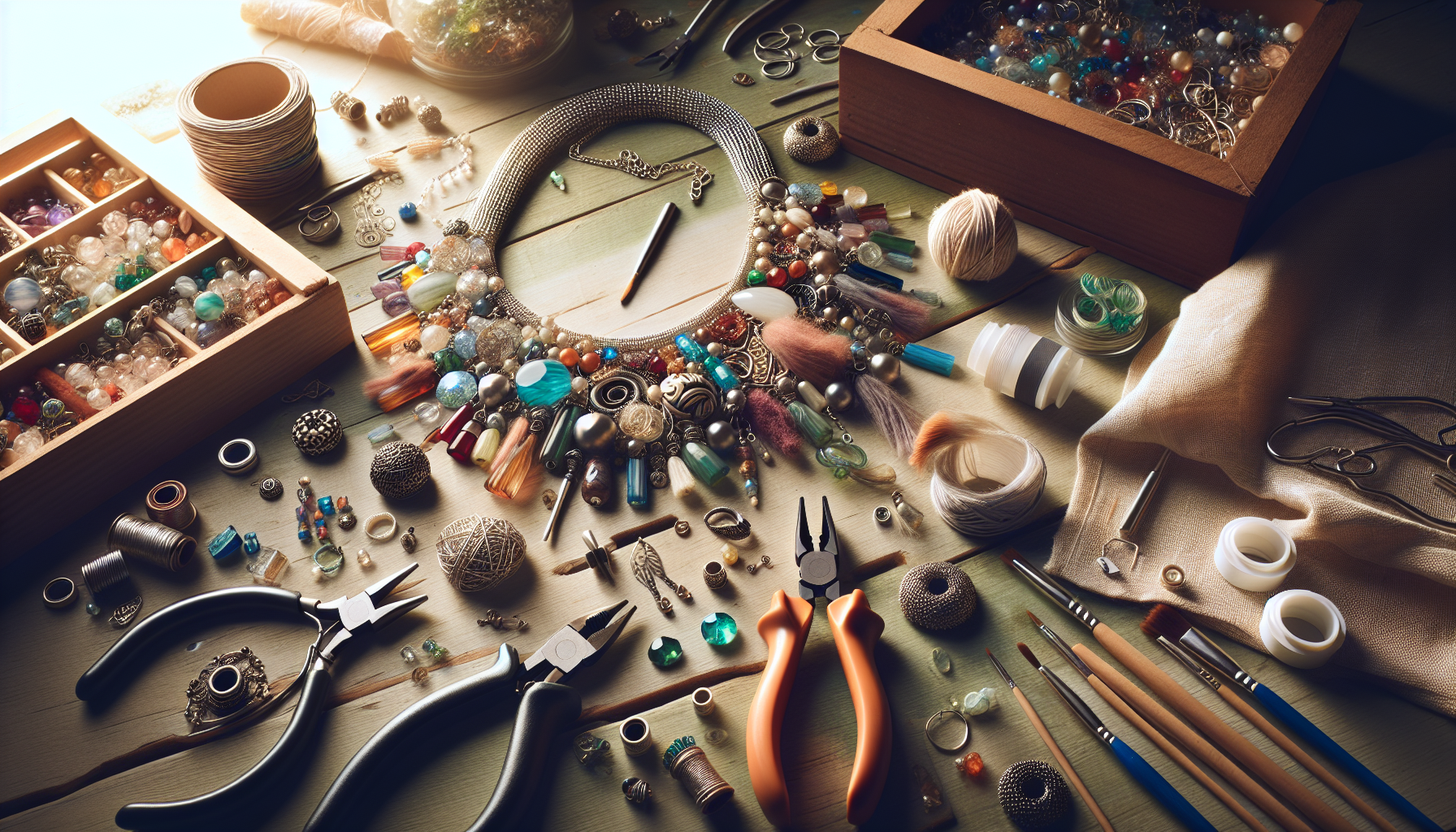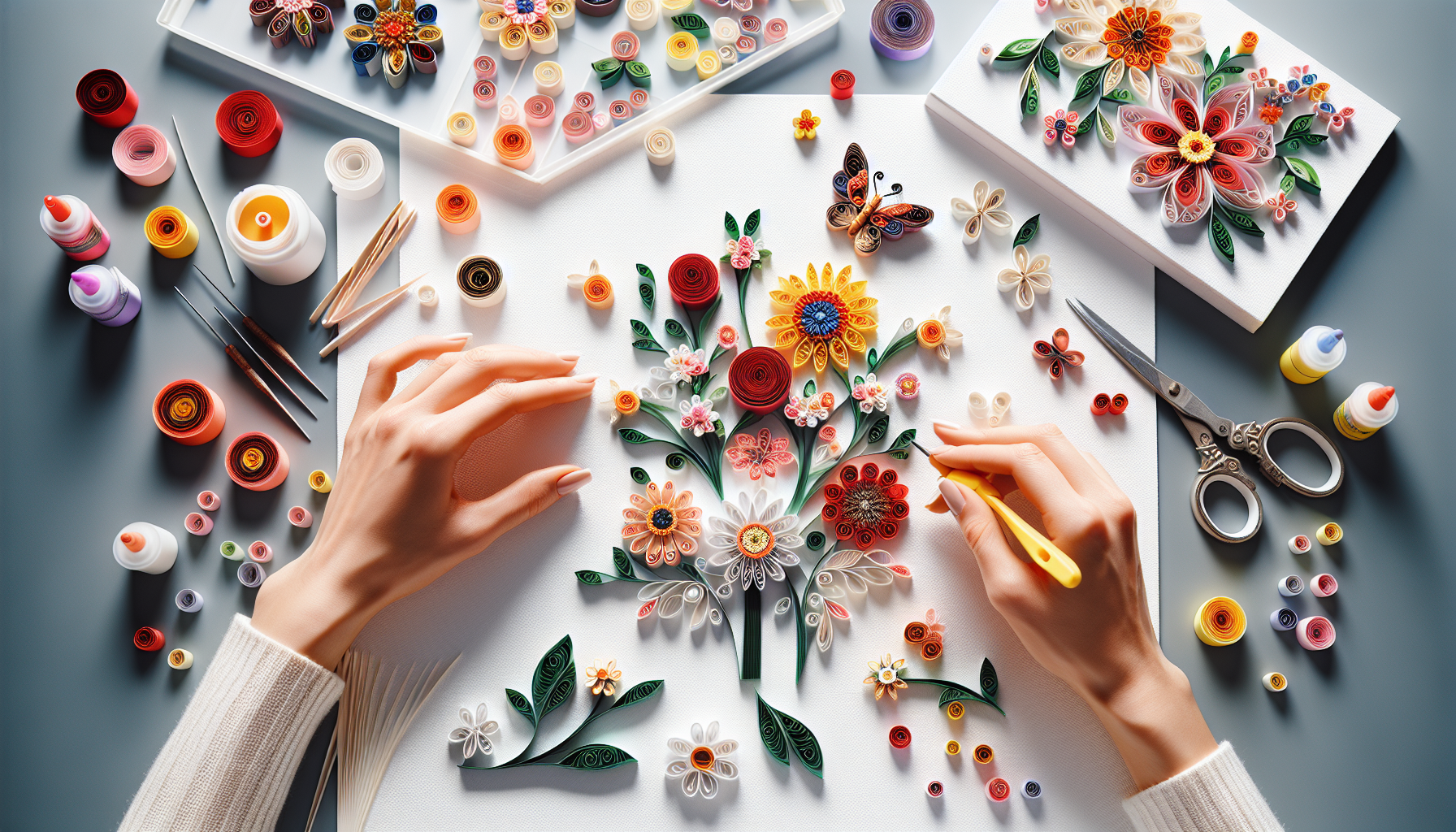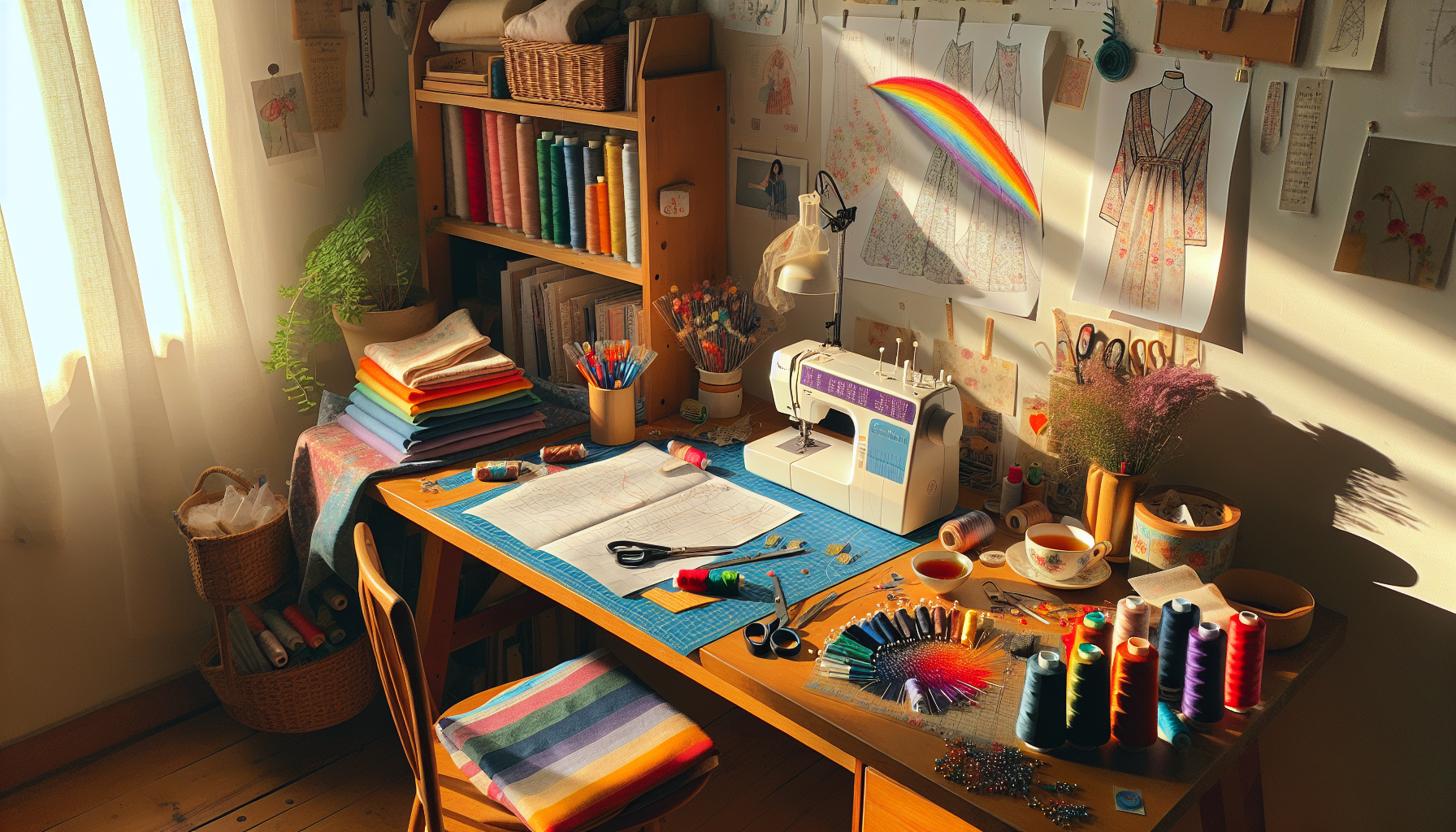Embarking on the journey of crafting stunning paper mache sculptures unlocks a world of creativity, where imagination melds with tangible artistry. This course is designed to guide enthusiasts through the enchanting process of transforming simple materials like paper and glue into intricate sculptures. From mastering the basics, including preparing the perfect paste and building a supportive armature, to advanced techniques for adding texture and realism, each lesson is a step towards creating breath-taking pieces. Finishing with expert advice on painting and sealing, learners will acquire the skills to bring vibrancy and durability to their creations, ensuring each sculpture is not just a project, but a masterpiece to cherish.
Lesson 1

Discover the Basics of Paper Mache: A Starter Guide
Welcome to the enchanting world of paper mache, a delightful art form that beckons to both the young at Heart and the creatively curious. Paper mache, with its rich history and endless possibilities for creativity, offers everyone a chance to craft stunning sculptures with just a few simple materials. This guide aims to lay down the essential foundations to get you started on your paper mache journey, ensuring you grasp the core techniques and insider tips to bring your imagination to life.
Understanding Paper Mache: Materials and Preparation
At its core, paper mache is an art that is as accessible as it is enjoyable. Generally, all you need to begin are:
- Pieces of paper (newspaper strips work wonderfully)
- An adhesive (traditional flour and water paste or white glue for added strength)
- A base or armature (balloons, cardboard, or wire frames to give shape)
Beyond gathering your materials, preparing your workspace is crucial. Cover surfaces with old newspapers or a plastic sheet to make cleanup a breeze. Creativity in paper mache knows no bounds, but it does know messiness, so plan accordingly!
Choosing Your Adhesive: Flour Paste or Glue?
The debate between using a traditional flour paste and modern white glue in paper mache projects is ongoing. Flour paste is economical and easy to make at home, offering an authentic paper mache experience. Alternatively, white glue, while slightly more expensive, provides a stronger bond and a smoother finish. Consider the nature of your project when choosing your adhesive. For intricate or durable sculptures, white glue might be the way to go. However, for lighter, simpler projects, flour paste will serve you well.
First Steps in Sculpting: Building an Armature
Your sculpture’s foundation, the armature, is essentially its skeleton. It shapes your sculpture and provides stability. Beginners might find balloons an easy starting point, as they lend themselves well to rounded shapes. For more complex or larger sculptures, wire frames offer flexibility and strength. Remember, the armature dictates your sculpture’s final form, so think creatively and plan your structure carefully.
Layering: The Heart of Paper Mache
Layering strips of paper soaked in adhesive is a meditative and crucial step in paper mache. This process, which might seem simple at first glance, requires patience and technique to perfect. Avoid the temptation to rush; apply each layer thoughtfully, smoothing down bubbles and ensuring even coverage. With each layer, your sculpture gains strength and starts to reveal its final form. Most projects generally require three to four layers, but this can vary based on the size and intended durability of your piece.
Drying: A Test of Patience
The drying process is where your sculpture truly comes together, solidifying into a robust form. This step takes patience, as rushing can lead to cracking or warping. Ensure your sculpture dries thoroughly between layers and after the final application. Depending on your climate, it might take anywhere from 24 to 48 hours to dry completely. Remember, good things come to those who wait, especially in paper mache.
Getting started with paper mache is an adventure in creativity, patience, and experimentation. This guide has laid out the foundational steps to begin your crafting journey, covering everything from material selection to the drying process. Engaging with paper mache not only sparks creativity but also offers a rewarding sense of accomplishment as you bring unique sculptures to life. Embrace the process, experiment with different techniques, and most importantly, enjoy the journey!
Lesson 2

Advanced Techniques in Paper Mache Sculpting
Diving deeper into the world of paper mache brings us to the exciting realm of sculpting techniques that can turn simple projects into stunning works of art. Beyond the basics, mastering advanced sculpting methods can truly elevate your paper mache creations. With a focus on adding texture, detail, and resilience to your sculptures, this lesson aims to inspire you to push the boundaries of this versatile medium.
Building Complex Armatures
Armatures are the secret to giving your sculptures form and stability. For intricate designs, consider combining materials like wire, foam, or cardboard. This mix can help you achieve detailed shapes that simple balloons or single-material armatures may not support. Remember, your armature is the foundation of your sculpture, so think creatively and plan your structure with care.
Layering with Precision
As you progress in paper mache, the way you layer your paper can make a big difference in the outcome. Instead of just tearing and applying, think about how the direction of the strips contributes to the overall strength and smoothness of your project. Cross-hatching layers not only makes your sculpture more durable but can also help in creating a more polished surface for painting.
Crafting Realistic Textures
Texture can bring your sculptures to life. Want to mimic scales, fur, or even the roughness of a tree bark? It’s all in the materials and method. Using tissue paper, crepe paper, or adding materials like sand to your paste can create interesting textures. Apply these textured layers thoughtfully, always considering the natural direction and appearance of the texture you want to emulate.
Finishing Touches: Sanding and Painting
Once completely dry, some sculptures can benefit from light sanding to smooth out any irregularities. This step is particularly crucial if you’re aiming for a highly polished look. When moving on to painting, choosing the right type of paint and applying it correctly can add dimension and life to your sculpture. Thin layers, mixed mediums, and dry brushing techniques can all contribute to the overall effect.
As we delve into these advanced techniques, remember that paper mache is as much about process as it is about outcome. Experimentation is key, and with each project, your skills will grow. Embrace the challenges and surprises that come with creating something truly unique. Your next paper mache sculpture could be your most magnificent creation yet.
Lesson 3

Breathing Life into Paper Mache Sculptures: The Art of Painting and Sealing
Transforming your paper mache sculpture from a plain, white canvas into a vibrant, detailed work of art is an exhilarating process. This final step in the creation of a paper mache masterpiece involves thoughtful painting and diligent sealing, both of which are essential in highlighting its beauty and protecting it for years to come. Engage in this transformative journey and watch as your sculpture becomes imbued with character and life.
Preparing Your Sculpture for Painting
Before even dipping your brush into paint, it’s vital to ensure your sculpture is completely dry, smooth, and free from dust. A light sanding can be very beneficial in achieving a smooth surface. Wiping down your sculpture with a damp cloth can help in removing any remaining dust. This preparatory step is crucial for a flawless painting application.
Choosing the Right Paints
The selection of paint can greatly affect the outcome of your sculpture. Acrylic paints are a popular choice for paper mache due to their versatility, wide range of colors, and quick drying time. For more dynamic effects, you might also consider using metallic or iridescent paints that can add a unique touch to your sculpture. When selecting paints, opt for quality to ensure durability and the best coverage.
Painting Techniques for Depth and Realism
Painting your sculpture is more than just covering it in color—it’s about bringing your sculpture to life. Using various techniques can add depth and realism to your creation:
- Layering: Apply base colors first and gradually add layers for shading and highlights.
- Dry brushing: Use a dry brush with minimal paint to create fine details and texture.
- Washing: Thin your paint with water to create a translucent effect that can mimic shadows and depth.
Patience and practice are key. Experiment with different techniques on a test piece before applying them to your sculpture.
Sealing: The Final Step for Protection
Once your painting is complete and dry, sealing your sculpture will protect it from moisture and wear. A clear varnish or sealant can be applied with a brush or as a spray. Not only does sealing protect your sculpture, but it can also enhance the colors, giving your piece a finished, professional look. Be sure to use a sealant that is compatible with your chosen paint and apply it in a well-ventilated area.
Mastering the art of painting and sealing your paper mache sculptures adds the final touch to your creative process, encapsulating your vision and effort in a beautifully finished piece. Whether for display in your home or as a gift, a well-painted and sealed paper mache sculpture stands as a testament to your creativity and dedication to the craft.
Crafting stunning paper mache sculptures is a journey that blends creativity with technique, turning simple materials into intricate artworks. This course has covered the essentials, from the basics of preparing and applying paper mache to the sophisticated skills required for sculpting, texturing, painting, and sealing. The path from learning to mastery is filled with experimentation, discovery, and, most importantly, fun. As you move forward to create your own masterpieces, remember the lessons learned here, and don’t hesitate to revisit and refine your techniques. To evaluate your understanding and retention of the course material, a 10 question quiz follows this conclusion, designed to test your knowledge and prepare you for your next creative venture. Good luck, and may your paper mache projects bring joy and inspiration!
Test Your Knowledge With this short Quiz
Click here to copy your score to share on facebook!


